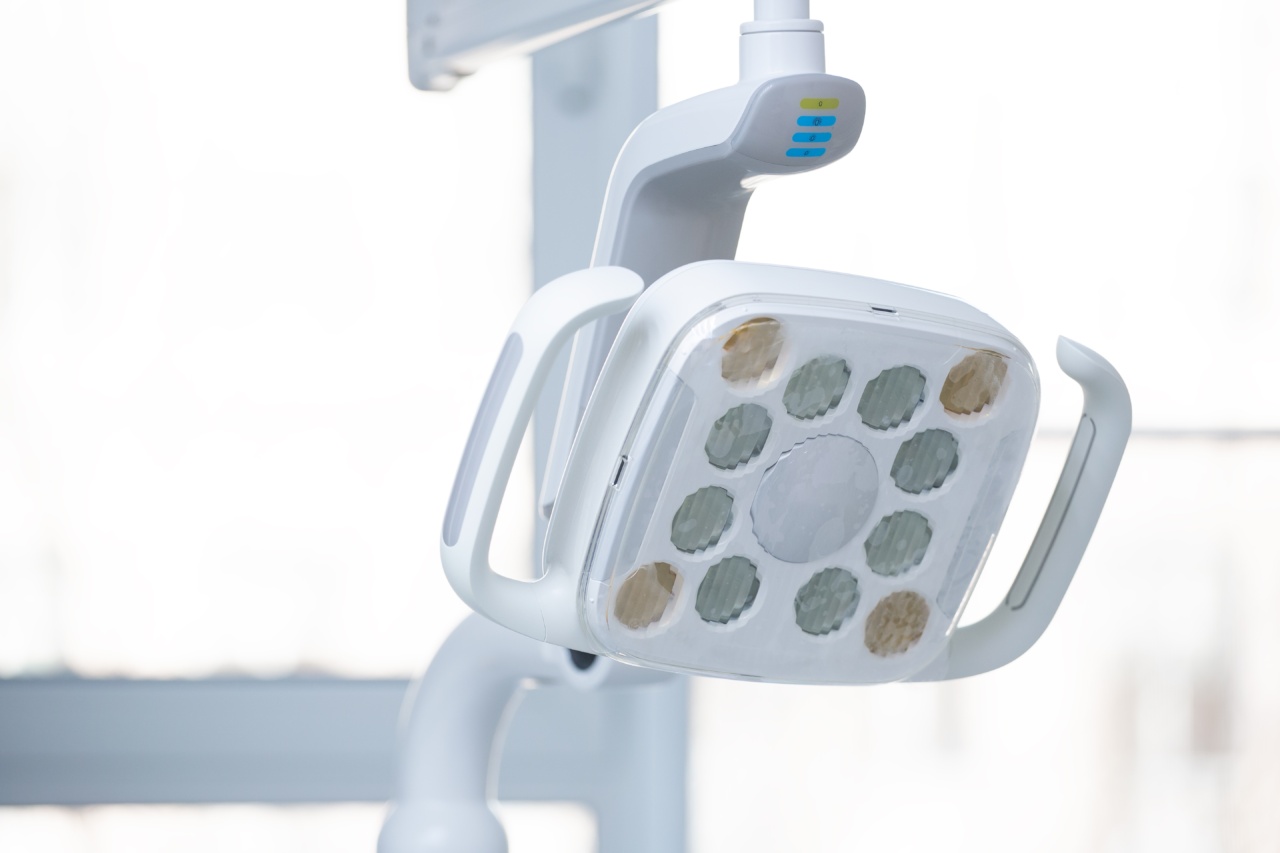As the global population continues to age, healthcare systems around the world are facing significant challenges in providing adequate care for the elderly.
One specific area that requires attention is the increasing prevalence of hip fractures among the aging population. Hip fractures are a major health concern for older adults and can have serious consequences on their overall health and quality of life.
In this article, we will explore the impact of aging and hip fractures on our healthcare system and assess if it is ready to effectively address this issue.
Understanding the Impact of Hip Fractures
Hip fractures are common injuries among older adults, especially those above the age of 65. They typically occur as a result of falls, which are more common in the elderly due to factors such as declining balance, muscle weakness, and impaired vision.
Hip fractures can lead to severe pain, loss of independence, and functional limitations. The recovery process is often lengthy and requires extensive medical intervention and rehabilitation.
Healthcare Challenges
The increasing number of hip fractures among the aging population presents numerous challenges for our healthcare system.
Firstly, there is a high demand for specialized care and treatment for hip fractures, including surgeries, post-operative care, and rehabilitation. This places a significant burden on healthcare providers, who must ensure timely access to appropriate resources to facilitate optimal recovery.
Secondly, hip fractures often result in hospitalizations and prolonged stays in healthcare facilities. These extended hospital stays can strain healthcare resources, including beds, staff, and equipment.
With the aging population projected to continue growing, there is a concern that our healthcare system may face difficulty in accommodating the increasing number of hip fracture cases.
Preventing Hip Fractures
While hip fractures can have severe consequences, many of them are preventable with the right interventions.
Fall prevention strategies, such as regular exercise, safety modifications in the home environment, and vision assessments, can significantly reduce the risk of falls and subsequent hip fractures. Moreover, osteoporosis management and adequate nutrition are also crucial in preventing hip fractures among older adults.
Treatment and Rehabilitation
The treatment and rehabilitation of hip fractures require a multidisciplinary approach involving orthopedic surgeons, physiotherapists, occupational therapists, and other healthcare professionals.
Surgery is often the primary treatment option, with the goal of stabilizing the fracture and enabling mobility. Post-operative care focuses on pain management, wound care, and early mobilization to prevent complications such as pneumonia and deep vein thrombosis.
In addition to surgical interventions, rehabilitation plays a vital role in the recovery process. Physiotherapy helps restore strength, balance, and functionality, allowing patients to regain their independence.
Occupational therapy assists in adapting their living environment and relearning daily tasks to enhance their quality of life. However, providing comprehensive rehabilitation services to the increasing number of hip fracture patients can be challenging for healthcare systems.
Healthcare Provider Readiness
One critical aspect in addressing the challenges posed by hip fractures is the readiness of healthcare providers. Orthopedic surgeons must have the necessary skills and resources to perform surgeries efficiently and effectively.
Physiotherapists and occupational therapists need to be adequately trained in geriatric rehabilitation and equipped to cater to the unique needs of older adults. Moreover, healthcare facilities should have sufficient beds, rehabilitation equipment, and supportive staff to ensure optimal care for patients with hip fractures.
Healthcare Costs
The increasing prevalence of hip fractures also has significant cost implications for healthcare systems. The direct medical costs associated with hip fractures include hospitalizations, surgeries, medications, and rehabilitation services.
Indirect costs arise from lost productivity and potential long-term care needs. As the number of hip fractures rises, healthcare systems must be prepared to allocate sufficient resources and funding to manage these costs effectively.
The Role of Healthcare Policies
Ensuring the readiness of our healthcare system requires the implementation of appropriate policies.
These policies should focus on promoting preventative measures, improving access to specialized care, and supporting healthcare providers in delivering comprehensive rehabilitation services. Additionally, investments in research can help identify innovative approaches for preventing hip fractures and optimizing recovery outcomes for older adults.
Conclusion
As our population continues to age, the impact of hip fractures on our healthcare system becomes increasingly significant.
It is crucial for healthcare systems to anticipate the challenges posed by this growing issue and take proactive measures to address them.
By promoting preventative strategies, improving healthcare provider readiness, and allocating resources effectively, we can ensure that our healthcare system is fully prepared to handle the increasing number of hip fractures among the elderly population.






























